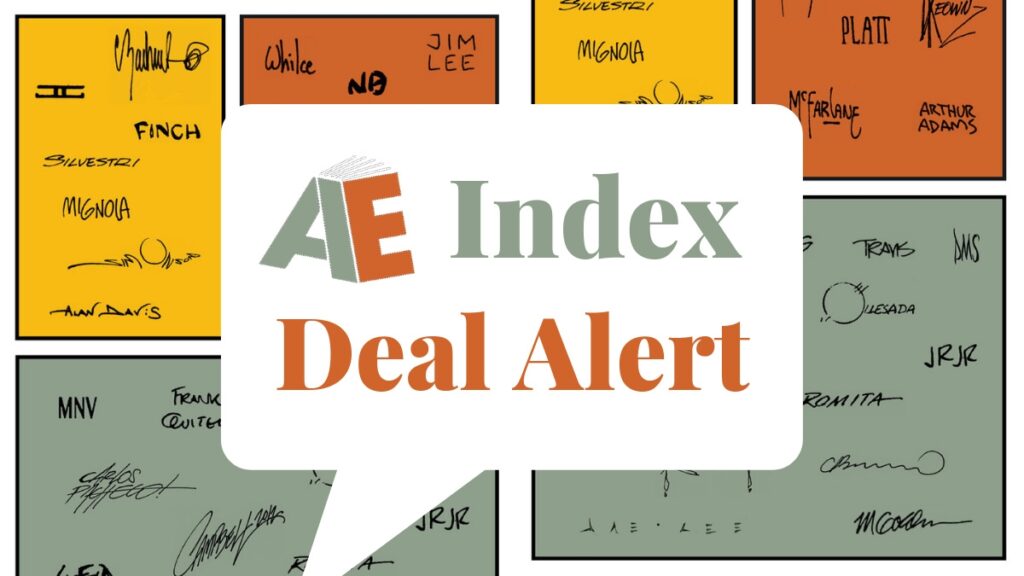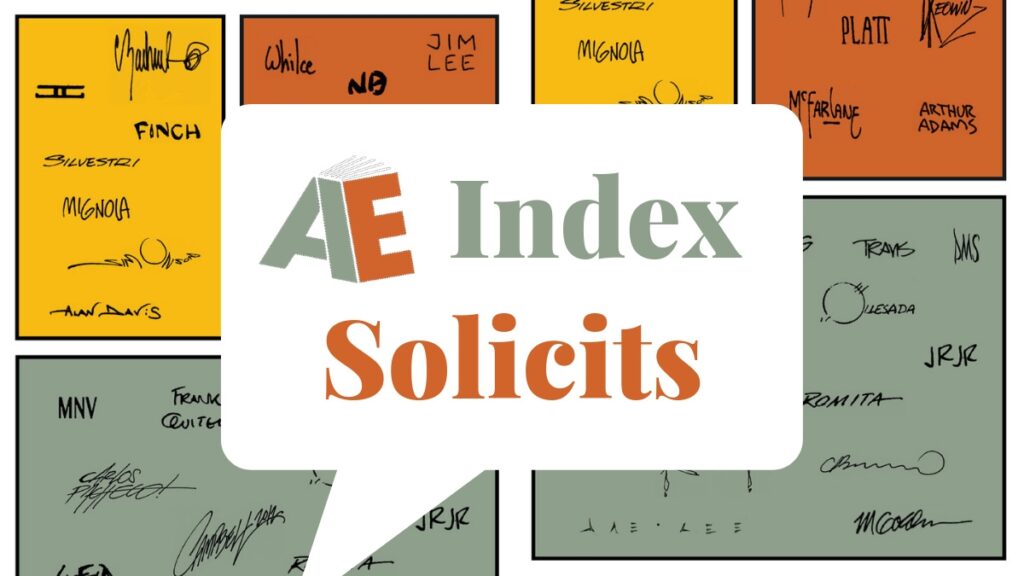Based on conjecture and reading between the lines, IDW has given up on the Artifact Edition label. But first, a little history and definition. IDW introduced the Artist’s Edition in 2010, defined this way.
AN ARTIST’S EDITION PRESENTS COMPLETE STORIES WITH EACH PAGE SCANNED FROM THE ACTUAL ORIGINAL ART.
Walter Simonson’s The Mighty Thor Artist’s Edition
While appearing to be in black and white, each page was scanned in color to mimic as closely as possible the experience of viewing the actual original art—for instance, corrections and blue pencils. Each page is printed the same size as drawn, and the paper selected is as close as possible to the original art board.
In 2014 IDW introduced the Artifact Edition, defined this way.
Like an Artist’s Edition, an Artifact Edition presents pages scanned from the actual original art. While the Artist’s Edition line produces only complete stories, Artifact Editions allow IDW to present books even if all of the original art cannot be obtained, and will include extras such as advertisements, portfolio pieces, colour guides, and more.
While appearing to be in black and white, each page was scanned in color to mimic as closely as possible the experience of viewing the actual original art—for instance, corrections, blue pencils, paste-overs, all the little nuances that make original art unique. Each page is printed the same size as drawn, and the paper selected is as close as possible to the original art board.
Dave Gibbons’ The Watchmen Artifact Edition
The last published Artifact Edition was Dave Cockrum’s X-Men Artifact Edition in 2020. Between 2014 and 2020 IDW published twelve Artifact Editions. In 2021 IDW published Jim Lee’s X-Men Artist’s Edition, which contained one full issue, X-Men #1, with the rest of the book being random Lee X-Men pages and blurring the lines between Artist’s Edition and Artifact Edition.
To be fair, that definition of Artist’s Edition was cast aside in 2014 for Marvel Covers Artist’s Edition, which contained only covers and no stories. That was followed by Marvel Covers: The Modern Era Artist’s Edition in 2016 and EC Covers Artist’s Edition in 2021.
Earlier this year a new Artist’s Edition was solicited, Todd McFarlane’s Spider-Man Artist’s Edition. The final sentence of the solicitation made this statement:
And while there are no complete stories presented in this book, there are many examples of McFarlane’s classic storytelling, filled with kinetic energy…and, oh, those WEBS!
More March 2022 IDW Solicitations
That line did not appear in IDW’s press release, but the writing was on the wall. Then Penguin Random House posted IDW’s Artist’s and Artisan Editions on their Comics Retail site. Here’s a pertinent snippet.
For serious collectors, the Artist’s Editions come in an oversized, hardcover format while the Artisan Editions collect the same original pages in a less expensive and more practically sized paperback.
IDW’s Artist’s and Artisan Editions
No mention of Artifact Editions, and for good reason. All the name brand recognition goes to Artist’s Editions: it’s now a genre, a style of book. I constantly hear people calling any full-size comic art book an Artist’s Edition, regardless of publisher. The Artisan Edition takes an Artist’s Edition and shrinks it down to a more manageable paperback at a much more manageable price. There really is no need for the Artifact Edition label or classification. Perhaps we’ll see Artisan Edition as a label eliminated in the future: buyers will choose between hardcover and softcover Artist’s Editions.
I’ve reached out to IDW Special Projects Editor Scott Dunbier for clarification or comment, which I will add here.




